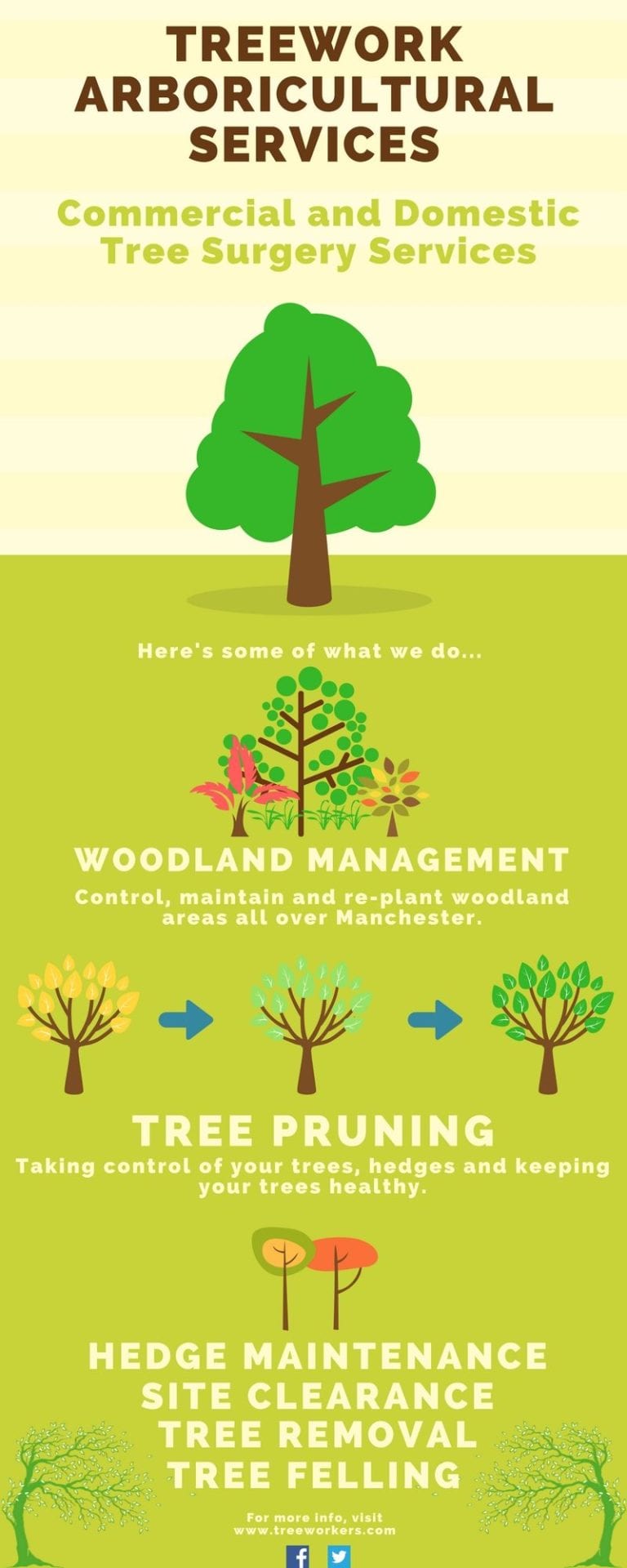Post-Tree Removal Upkeep: Effective Methods For Landscape Remediation
Material Writer-Tate McCollum After a tree's elimination, your landscape might look fairly various, and it's necessary to evaluate the results meticulously. You'll want to evaluate the soil disturbance and check surrounding plants for any signs of anxiety. Disregarding these variables can bring about larger issues down the line. So, what should you do with those stumps and origins? And how do you pick the most effective plants for your rejuvenated space? Allow's explore these crucial steps.
Evaluating the Consequences: Assessing Your Landscape
After a tree elimination, it's critical to analyze your landscape to understand the effect it has on your lawn. Begin by checking out the location where the tree stood. Look for indications of dirt disruption, and inspect the bordering plants for any kind of stress or damage. You must likewise bear in mind of exactly how the removal has transformed sunlight direct exposure and air flow in your yard. This change can impact the growth of close-by plants, so it's important to review their wellness. Think about the aesthetic facets as well; the elimination may create an open space that you can revamp. Ultimately, think about any kind of potential erosion issues that could arise from the tree's absence. Attending to these variables early will aid bring back equilibrium to your landscape.
Managing Stumps and Origins: Choices for Removal
Once you've assessed the consequences of the tree removal, you'll likely require to tackle the stump and roots left behind. You have a couple of options for removal. One efficient method is stump grinding, where an expert uses a maker to grind the stump to below ground level. This strategy leaves marginal disturbance to your landscape. If you prefer a do it yourself method, you can use a combination of digging and chemical stump eliminators. Just bear in mind, this process can take some time and effort. Alternatively, think about leaving the stump as a natural attribute, which can serve as a special yard element or habitat for wildlife. Whatever you pick, dealing with the stump and origins is crucial for restoring your landscape.
Selecting the Right Plant Kingdoms for Your New Area
As you analyze your recently cleared space, selecting the right plants can dramatically improve your landscape's charm and functionality. Beginning by thinking about the sunshine and dirt conditions. For https://www.columbian.com/news/2019/nov/15/to-help-the-planet-and-urban-forest-you-can-plant-a-tree-and-here-are-some-tips/ , choose drought-resistant plants like lavender or succulents. In shaded areas, brushes and hostas thrive well. Consider the size and growth routines of your plants; mix perennials and annuals for seasonal range. Don't forget to include indigenous species; they need much less upkeep and assistance local wildlife. Team plants in weird numbers for a much more natural appearance and produce layers for aesthetic depth. Finally, ensure you have a mix of colors and appearances to maintain your landscape vivid throughout the seasons. Pleased planting!
Final thought
In conclusion, restoring your landscape after tree elimination is a gratifying process. By analyzing the after-effects, resolving stumps and origins, and choosing the right plants, you'll create a thriving atmosphere. tree trim service near me to include erosion control measures to protect your dirt. With a little initiative and treatment, you can transform your room into a dynamic yard that enhances your property. Accept the possibility to revitalize your landscape and appreciate the charm of nature right in your yard! 